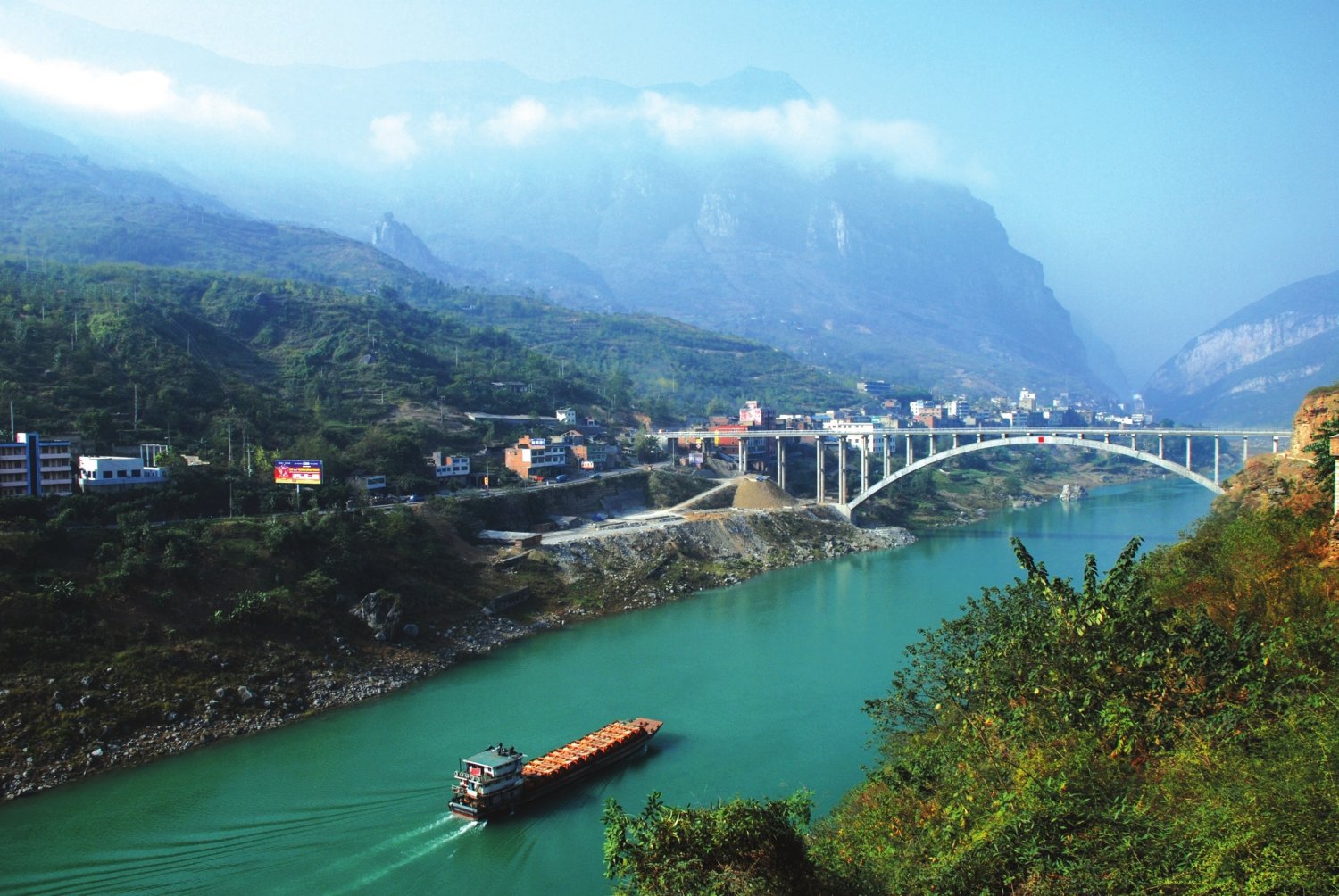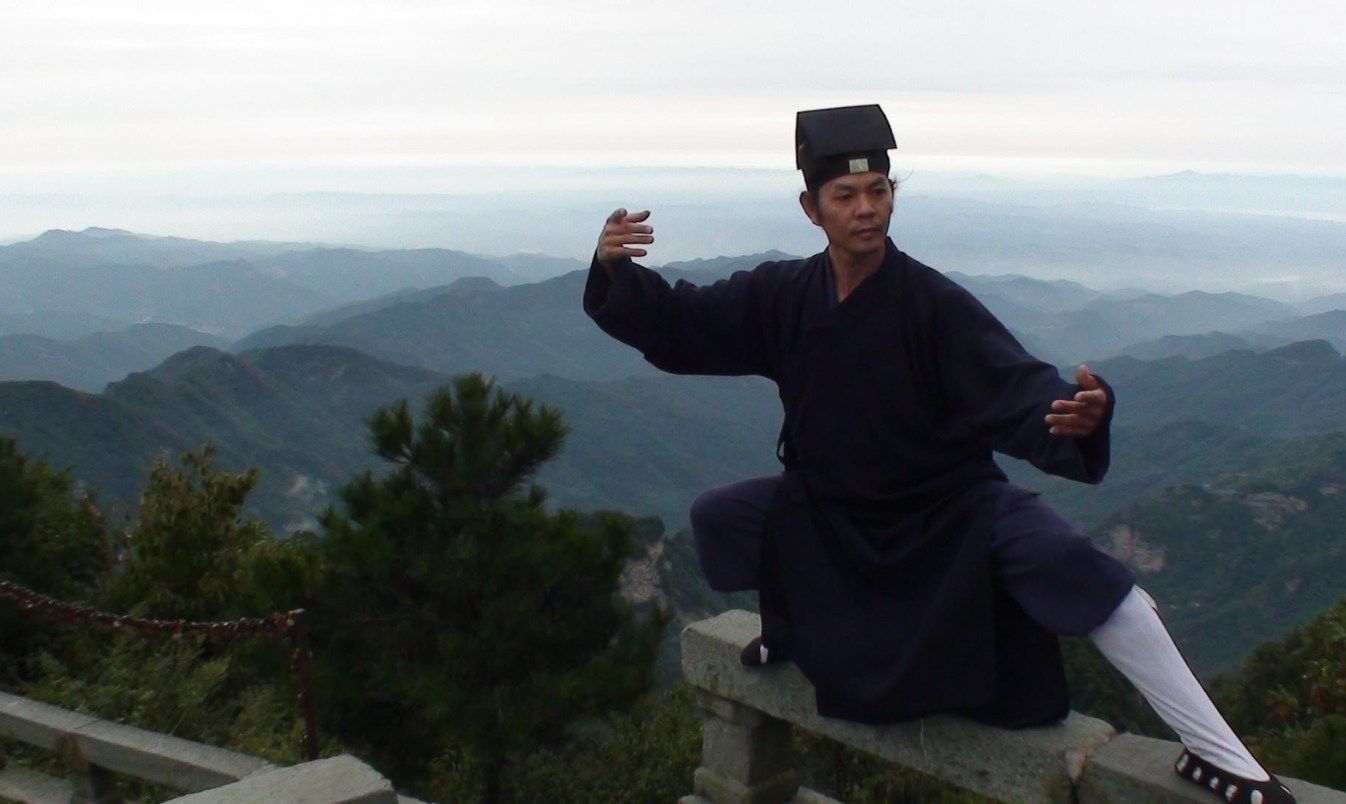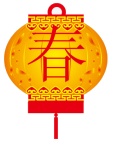
Deutsch-Chinesische Enzyklopädie, 德汉百科
 Hubei Sheng-HB
Hubei Sheng-HB


汉口在清代就己经发展为“天下四聚”之一的商业重镇。作为淮南盐纲的中心以及两湖米的输出口岸,汉口同长江下游的贸易关系非常密切,但同扬州、南京、苏州等的贸易往来较多,同上海贸易并不突出。随着上海和汉口的相继开埠(1843年和1861年),对外贸易的扩大,上海逐渐成为汉口国内外贸易最重要的关系口岸。
事实上,早在汉口开埠之前,己经有茶叶运往上海出口,加之一度受太平天国的影响,经广州出口的两湖茶叶逐渐减少,而更多依靠上海口岸出海。在英国驻上海的领事报告中(《领事罗伯逊年度上海港贸易报告》1855年、1858年),就多次提到湖北、湖南的茶叶,并指出湖北茶是由长江运来上海的。
咸丰十一年(1861年),汉口被迫开埠,次年江汉关开关。英国首先在汉口设租界置领事,辟码头办航运。1861—1938年先后在汉口经营航运的有16个国家的38家公司,参加营运的船舶计有168艘,可查知的轮船总吨为66.6万余吨。行驶在沪汉、汉宜、汉湘和汉渝4大航线。1861—1872年间,以上海为主要基地的英美两国13家洋行轮船公司有37艘轮船先后行驶于沪汉线上。
同治十一年末(1873年初),李鸿章等人在上海创立轮船招商局,国人有了自己开办的江海航运。同年,招商局设立汉口办事处,在民生路江边购置机房、设立码头。7月,招商局代理轮船“永宁”号抵汉口,是中国商轮航行长江之始。

Der Wu Jiang (chinesisch 乌江) ist ein rechter Nebenfluss des Jangtsekiang. Er hat eine südliche und nördliche Quelle, die südliche ist der Sancha He (三岔河), die nördliche der Liuchong He (六冲河).
Nach dem Zusammenfluss heißt der Fluss zunächst Yachi, erst ab Wujiangdu (乌江渡) im Kreis Zunyi trägt er den Namen Wu Jiang. Die Quelle des Sancha He liegt im Westteil der Provinz Guizhou im Kreis Weining (威宁县) am östlichen Fuß des Gebirges Wumeng Shan (乌蒙山). Er fließt durch den Norden Guizhous und den Süden von Chongqing, im Gebiet von Fuling (涪陵区) mündet er in den Jangtsekiang. Der Wu Jiang ist über 1000 km lang. Mittel- und Unterlauf sind schiffbar.
Zu seinen Nebenflüssen zählen Liuchong He (六冲河), Maotiao He (猫跳河), Qingshui Jiang (清水江), Xiang Jiang (湘江), Zhuo He (濯河), Hongdu He (洪渡河), Yu Jiang (郁江) und Furong Jiang (芙蓉江).







Die Wudang-Berge, heilige daoistische Berge im Nordwesten der Provinz Hubei in Zentralchina gelegen, auch "Heiligstes Gebirge unter dem Himmel" genannt, erstrecken sich über eine Fläche von 400 km.
In dieser schönen Landschaft finden sich 46 Haupttempel und Nonnenklöster, 72 Schreine und zahlreiche Höhlen und Einsiedeleien. Auf verwunschenen alten Steinwegen kann man den höchsten der 72 Gipfel, den 1600 m hohen Berg Tianzhu erklimmen, auf dessen Spitze sich der Goldene Tempel befindet.(Quelle: www.china-spezialreisen.de/wudang.html)
Die Wudang-Berge, Wudang Schan (chinesisch 武當山 / 武当山, Pinyin Wǔdāng Shān, W.-G. Wu Tang Shan, bekannt unter dem Namen „Taihe - 太和“ chinesisch 太和山, Pinyin Tàihé Shān, W.-G. T’ai Ho Shan ‚Berg der höchsten Harmonie / Berg des großen Friedens‘ oder „Xuan Yue“ chinesisch 玄岳, Pinyin Xuán Yuè ‚Berg der Mysterien‘), sind eine Bergregion im Nordwesten der chinesischen Provinz Hubei, nahe der Stadt Shiyan.
Das Gebiet umfasst ca. 400 km² und besteht aus 72 Gipfeln, der höchste mit 1612 m ist der Tianzhu (chinesisch 天柱峰, Pinyin Tiānzhù Fēng ‚Gipfel der Himmelspfeiler‘). Des Weiteren besticht die Landschaft mit 36 bizarren Felsen und 24 Tälern.
Mit seinen zahlreichen Bauwerken, Tempeln, Palästen, Klöstern, Brücken, Toren, Höhlen und Einsiedeleien ist Wudangshan ein berühmter heiliger Platz der daoistischen Religion und Anziehungspunkt für Pilger aus aller Welt.
武当山(ぶとうさん、ウーダンシャン)は、中華人民共和国湖北省十堰市にある山。又の名を太和山という。周囲400km、72峰からなる広大な山で、主峰は天柱峰(標高1612m)。山脈中には道観(道教寺院)群がある。
「玄天真武大帝」を奉る道教武当派と中国武術の武当拳の発祥地。道観は元の時代に戦火で焼失し、明の洪武帝の時代に再建された。道観と建物は1994年にユネスコ世界遺産(武当山古建築)となる。
日本では、映画『グリーン・デスティニー』中に物語の舞台として登場し、広く知られるようになった。
The Wudang Mountains (simplified Chinese: 武当山; traditional Chinese: 武當山; pinyin: Wǔdāng Shān) consist of a small mountain range in the northwestern part of Hubei, China, just south of Shiyan. They are home to a famous complex of Taoist temples and monasteries associated with the god Xuanwu. The Wudang Mountains are renowned for the practice of Tai chi and Taoism as the Taoist counterpart to the Shaolin Monastery,[1] which is affiliated with Chinese Chán Buddhism. The Wudang Mountains are one of the "Four Sacred Mountains of Taoism" in China, an important destination for Taoist pilgrimages.
Les monts Wudang (chinois simplifié : 武当山 ; chinois traditionnel : 武當山 ; pinyin : ; parfois écrit Wutang) ou montagnes de Wudang, sont une chaîne de montagnes au sud de la ville-préfecture de Shiyan dans la province du Hubei, en Chine.
Elle est considérée comme l'un des berceaux des arts martiaux internes taoïstes comme le taiji quan ou le bagua zhang qui se développèrent à partir du XVIIIe siècle. Les monts Wudang sont très connus et visités pour les nombreux monastères taoïstes que l'on peut y trouver. Ces monastères sont réputés comme centres de recherche d'apprentissage et de pratique de la méditation, des arts martiaux et de la médecine traditionnelle chinoise, et des pratiques de l'agriculture et des arts liés au taoïsme.
I Monti Wudang (in cinese: 武当山, Wǔdāng Shān), conosciuti anche col nome di Wu Tang Shan o semplicemente Wudang, sono una piccola catena montuosa che si trova nella provincia di Hubei, in Cina, poco a sud della città di Shiyan. Sono monti sacri e mete di pellegrinaggio per i fedeli taoisti e rappresentano una delle mete più rilevanti per il turismo cinese.
Queste montagne sono luoghi importanti sin dai tempi antichi per la presenza dei numerosi monasteri taoisti che vi si trovano, famosi come centri accademici di ricerca, insegnamento e pratica della meditazione, delle arti marziali cinesi, della medicina tradizionale cinese e delle pratiche e arti connesse all'agricoltura taoista. Già durante la dinastia Han le montagne attrassero l'attenzione dell'imperatore (fra il I e il III secolo). Durante la dinastia Tang (fra il 618 e il 907) venne costruito il primo tempio. Nel 1994 i templi delle montagne Wudang vennero inclusi nell'elenco dei Patrimoni dell'umanità dell'UNESCO.
Nel 1956 una grande quantità di statue antiche raffiguranti divinità e santi vennero fuse. Durante la rivoluzione culturale (1966 - 1976), con la quale venne attuata una capillare destituzione ed eliminazione delle religioni, i templi vennero svuotati, danneggiati, molti distrutti e dimenticati per decenni. Le attività religiose sono riprese di recente con il revival del Taoismo, alcuni templi, ricostruiti o restaurati, stanno tornando attivi e si stanno costituendo nuove comunità di monaci. Alcuni monasteri si sono organizzati in un'associazione, la Chiesa taoista dei monti Wudang. Nel giugno 2005 numerose comunità monastiche e maestri spirituali che si trasferirono in Taiwan per sfuggire alle persecuzioni sono stati autorizzati a fare ritorno presso i templi.
Fra gli edifici, costruiti ed ampliati soprattutto durante la dinastia Ming, si trovano costruzioni risalenti al VII secolo. Il complesso templare ha una grande valenza artistica, in quanto esprime l'apogeo raggiunto dall'arte e architettura cinese in un periodo di circa 1.000 anni.
Los montes Wudang (chino tradicional: 武當山, chino simplificado: 武当山, pinyin: Wǔdāng shān) se encuentran en el noroeste de la provincia de Hubei, en China. Su cumbre principal es llamada Tianzhu (Pilar del Cielo) y destaca entre los 72 picos que la rodean. El Conjunto de edificios antiguos de las montañas de Wudang fueron declarados patrimonio de la humanidad por la Unesco en el año 1994.
Se cree que en estos montes se originaron algunos estilos de artes marciales relacionados con el taoísmo, y se destacan el Wudangquan o Wudai Pai o estilo de lucha Wudang, y otros estilos relacionados, por ejemplo, Pa Kua Chuan, Ba Ji Quan, Tai Chi Chuan, etc. La leyenda atribuye a la región de los Montes de Wudang el origen de los estilos internos de las artes marciales chinas.
Los Montes Wudang destacan por ser el núcleo de templos taoístas y por su tradición histórica de maestros relevantes del taoísmo y de la medicina tradicional china .
Уданшань (кит. упр. 武当山, пиньинь: Wǔdāng Shān, палл.: Уданшань), гора Удан — небольшой горный хребет в провинции Хубэй, который находится недалеко от промышленного города Шиянь и около 120 км от города Сянфань.
Горы Уданшань знамениты своими даосскими монастырями и храмами, здесь был даосский университет, в котором исследовалась медицина, фармакология, системы питания, медитация и боевые искусства.

Wudang-Kungfu beschreibt letztendlich mehr als Taijiquan, Bagua und Xingyiquan. Es ist vielmehr eine weite Palette von Kungfu-Stilen, die über Jahrhunderte im Wudanggebirge entstanden. Authentische Wudangstile, aber auch Taijiquan, Xingyiquan oder Baguazhang an der Quelle zu erlernen war für die meisten ein ferner, nichtrealisierbarer Traum.
War! Nun können Sie sich diesen Traum erfüllen und wir helfen Ihnen dabei.
Eine seltene Gelegenheit für alle Kampfkunst-Interessierten, vor allem jene, die sich für Taijiquan, Bagua, Xiangyiquan und die Wudangkünste interessieren:
Lernen Sie die authentischen Stile des Wudanggebirges direkt an der Quelle von daoistischen Adepten in der Daoistischen Wudang-Kungfu-Akademie! Seit Anfang 2004 kooperiert die europäische Wushan International Association e.V. mit der einzigen daoistischen Wushu-Akademie auf dem Wudang, direkt neben dem Tempel zur Purpurnen Wolke, um auch Nichtchinesen diese seltene und einzigartige Gelegenheit bieten zu können, an der Quelle direkt von den Meistern zu lernen.

 Geography
Geography

 Spring Festival
Spring Festival
 Religion
Religion
 World Heritage
World Heritage
 Sport
Sport